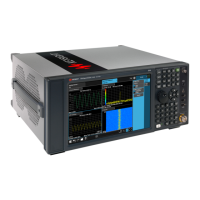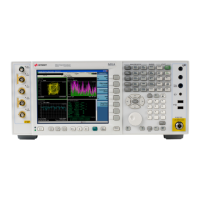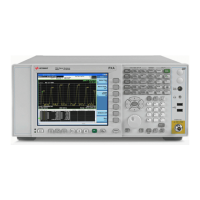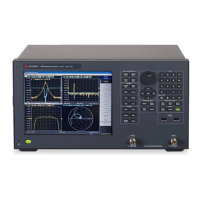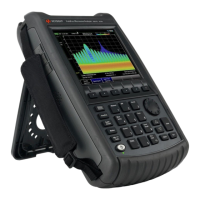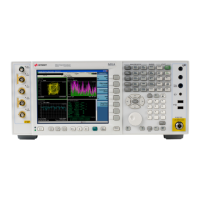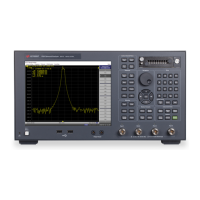4 Remote Interface Reference
144 Keysight 34420A User’s Guide
Using the MEASure? Command
The easiest way to program the meter for measurements is by using the
MEASure? command. However, this command does not offer much flexibility.
When you execute the command, the meter uses defaults for the requested
configuration and immediately performs the measurement. You cannot change
any settings (other than function, range, and resolution) before the measurement
is taken. The results are sent to the output buffer.
Sending the MEASure? command is functionally the same as sending a
CONFigure command followed immediately by a READ? command.
Using the CONFigure Command
For a little more programming flexibility, use the CONFigure command. When you
execute the command, the meter sets the defaults for the requested configuration
(like the MEASure? command). However, the measurement is not automatically
started and you can change measurement parameters before making
measurements. This allows you to “incrementally” change the meter’s
configuration from the default conditions. The meter offers a variety of low-level
commands in the INPut, SENSe, CALCulate, and TRIGger subsystems. (You can
use the SENSe:FUNCtion command to change the measurement function without
using MEASure? or CONFigure.)
Use the INITiate or READ? command to initiate the measurement.
Using the range and resolution Parameters
With the MEASure? and CONFigure commands, you can select the measurement
function, range, and resolution all in one command. Use the range parameter to
specify a fixed range larger than the expected value of the input signal. You can
set the range parameter to AUTO to set autoranging.
Use the resolution parameter to specify the desired resolution for the
measurement. Setting the resolution sets the integration time of the meter. The
resolution parameter can be set to any number but the resulting integration time
(NPLC) is one of the following:

